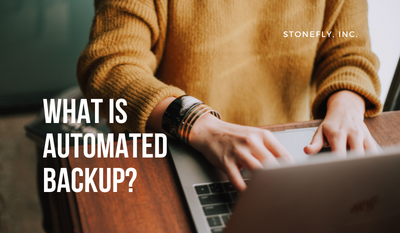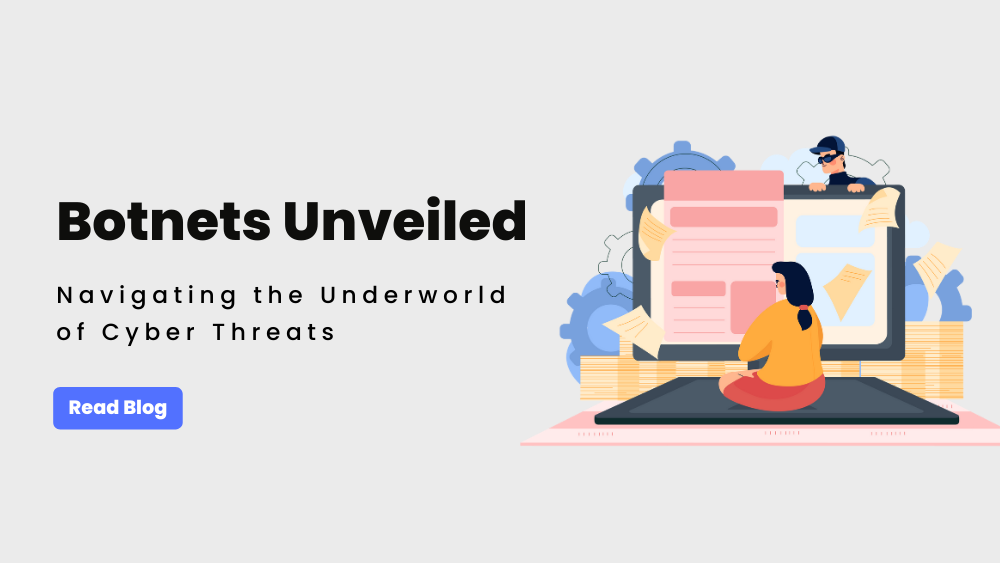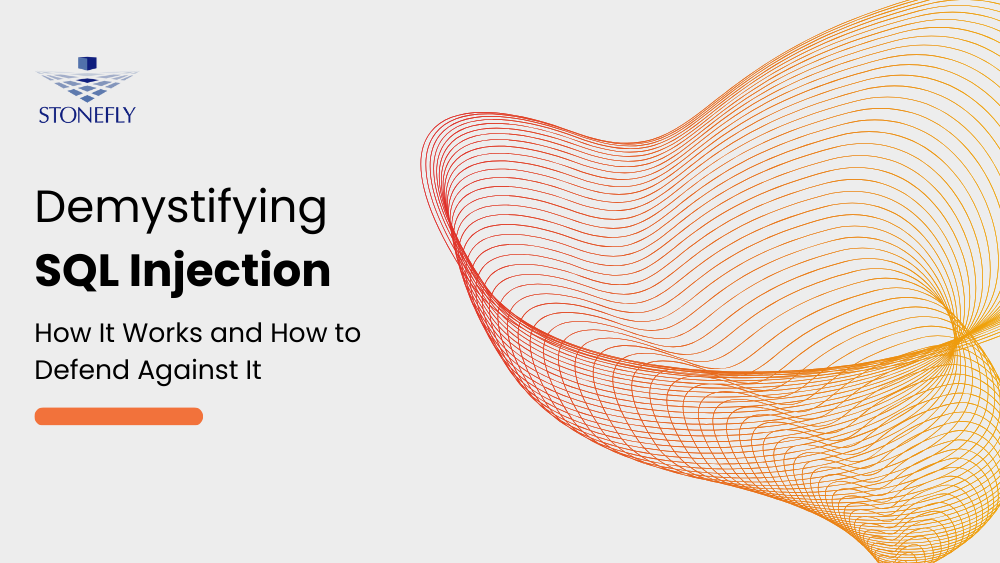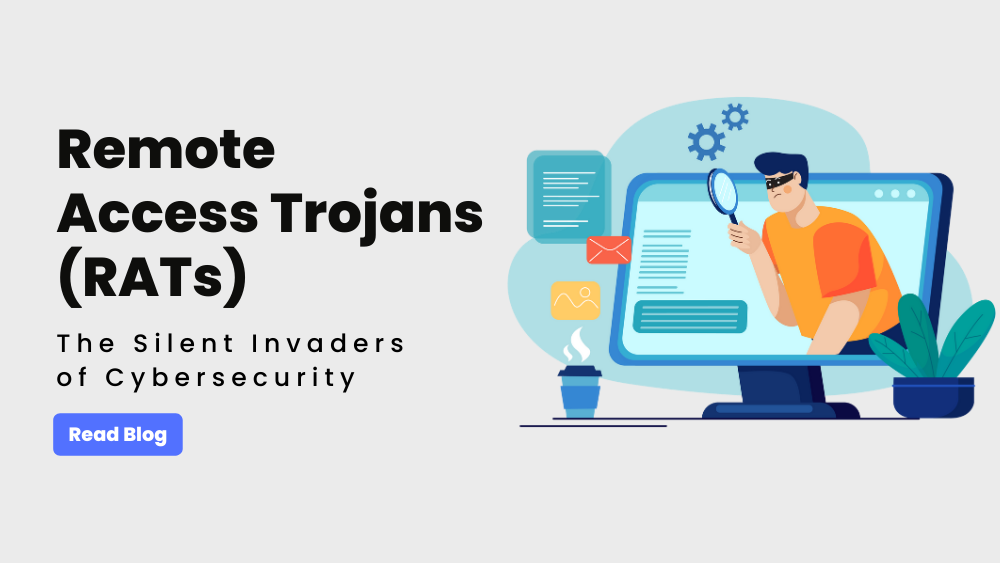Most companies understand the importance of backup and recovery when it comes to protecting digital assets from deletion, damage, malware, and other threats. That’s why backup is the last line of defense. A good backup should run in the background, allowing IT to focus on important day-to-day tasks.
Unfortunately, manual backup and restore is a complex and time-consuming process. Among other things, this includes maintaining proper configurations and compatibility with evolving production environments, carefully monitoring storage and archiving overheads, and constantly rotating media for offsite storage. Businesses need a modern scheduled backup solution to perform certain tasks at a given time, namely automatic backup.
Automatic backup is mainly done with backup software that automates the whole backup process. This means organizations can back up files, folders, and systems without human intervention. Essentially, automated backup simplifies backup procedures for faster recovery.
What is automated backup?
Automatic backup systems automatically collect, compress, encrypt, and transfer data from a computer system to the backup service provider’s servers. StoneFly backup and DR solutions come with an automatic backup engine that schedules backups. It also includes a simple user interface that provides daily automatic backups with no additional action on the part of the end user.
How does an automated backup system work?
According to an IBM study, the average total cost of a ransomware breach is $4.62 million. That’s why companies back up critical data to create a safety net to restore systems in the event of ransomware or other similar cyber-attacks. There are three types of automated backups, and understanding how they work will help you refine your backup and recovery strategy.
Full Backup
A full backup is the easiest and most complete backup method in which all data is kept in one version and moved to a storage device.
Incremental Backup
Create a backup of all files that have changed since the last backup. This can be the most recent full backup in the chain, or the last incremental backup.
Differential Backup
Differential backups are between full and incremental backups. It includes backing up files, folders, and hard drives that were created or modified since the last full backup (as opposed to only the changes made since the last incremental backup).
Why use automated backups?
With automated backups, you get the following benefits:
Planning – Automated scheduling to complete the required tasks without interfering with production (both on the host and on the network) helps optimize processes.
Prevent data loss granularly – By using automation to regularly back up digital assets in line with RPO needs, organizations reduce the chance of losing files and data in use.
Shorter RPOs – Frequent backups lower an organization’s Recovery Point Objectives (RPOs) by reducing the amount of data lost in the event of an incident.
In addition, modern solutions that automate the creation of synthetic full backups will also help reduce the target recovery time by automatically creating a “full backup” in the incremental backup chain. This reduces the number of dependent backups in the chain and reduces the overall restore time.
Backup and DR Testing – Automatic validation of backups for applications and services verifies that the backup will function properly during restore. This provides evidence and reliability of recoverability and frees staff from more time-consuming manual testing processes. A good example of automated backup and DR testing feature is Veeam SureBackup.
Advantage of Automated Backups versus Manual Backups
Automated backups cover for the shortcomings of manual backups by providing the following benefits:
Simplicity
Unlike manual backups, automatic backups don’t require you to remember to back up your data every time. Just set up a schedule and the system will take care of the rest. Automatic backup can also be easily used by employees who aren’t tech-savvy.
No Human Error
The human factor is still the main cause of data loss. Manual backup involves human intervention, which means that there is a high probability of human error. On the other hand, automatic backups will back up your data with impeccable consistency and accuracy.
Shorter Recovery Time
Businesses can’t afford the long periods of inactivity that typically occur when you’re doing manual backups where every single file needs to be reviewed and restored. Automatic backup ensures almost instantaneous restoration of the most recent data.
What is automatic backup software?
Automatic backup software implements automatic backup. Once installed, the software will ask you to select the hardware, files, and systems you want to back up, and how often you want to back up. Automated backup software often comes as software as a service (SaaS) or backup as a service (BaaS) and is purchased on a subscription basis.
How to set up automated backup
In order to help you set up automated backups, StoneFly offers a diverse range of entry-level to enterprise physical, virtual, and cloud-based backup and disaster recovery (DR) solutions.
A brief overview of StoneFly solutions that offer automated backups:
- StoneFly DR365V: Veeam-ready backup and DR appliance with automated air-gapping and immutability, direct VM spin up and granular file-level recovery, SAN, NAS, and on-prem/cloud S3 storage with integrated data services. 4 to 60-bay appliances customizable for entry-level, mid-level, and enterprise with terabytes to petabytes of highly available and scalable storage capacity.
- StoneFly miniBackup: Affordable entry-level on-prem backup appliance with automated backups, terabytes of storage with RAID, optional cloud connect and storage expansion units, and optional round robin backups. Best fit for SMBs, employees working from home, healthcare service providers, financial service providers, and educational institutes.
- Veeam Cloud Connect Backup to Azure: Leverage Veeam cloud connect to automate backups for physical, virtual, and cloud workloads and store backups, snapshots, and replicas in StoneFly’s air-gapped and immutable storage in Azure. StoneFly provides the complete turnkey solution that includes Veeam cloud connect licenses, built-in management server, and integrated cloud storage.
- StoneFly CDR365: Online backup software that facilitates image-based and granular file-level backup and restore for remote users and delivers centralized management for virtually unlimited user backup agents through a web-browser based interface. Best fit for managed IT services providers, and small businesses.
Depending on your chosen solution, your experience can range from a plug and play experience to a completely managed backup and DR.
How to restore from automated backup
In addition to delivering automated, secure, and ransomware-proof backups, StoneFly solutions are customized to optimize data recovery and ensure shorter recovery time objectives (RTOs) and recovery point objectives (RPOs).
The different ways you can restore data using automated backups with StoneFly solutions:
- Direct VM Spin Up: Directly spin up VMs on StoneFly DR365V and instantly recover your critical workloads on the appliance with near-zero RTOs.
- Granular File-Level Recovery: Instead of restoring the entire volume or environment, restore specific corrupted, deleted, or encrypted files. This is quicker than a full restore.
- Direct Restore to Cloud: In the event that your production hardware is unavailable, restore critical data directly to the cloud and resume operations seamlessly.
Conclusion
Automated backups are more reliable and less error-prone than manual backups. With automated backups, you can ensure consistent data protection, reduce recovery windows, and improve business continuity.
Looking to set up automated backups for your critical workloads? Contact StoneFly experts to discuss your projects today.










